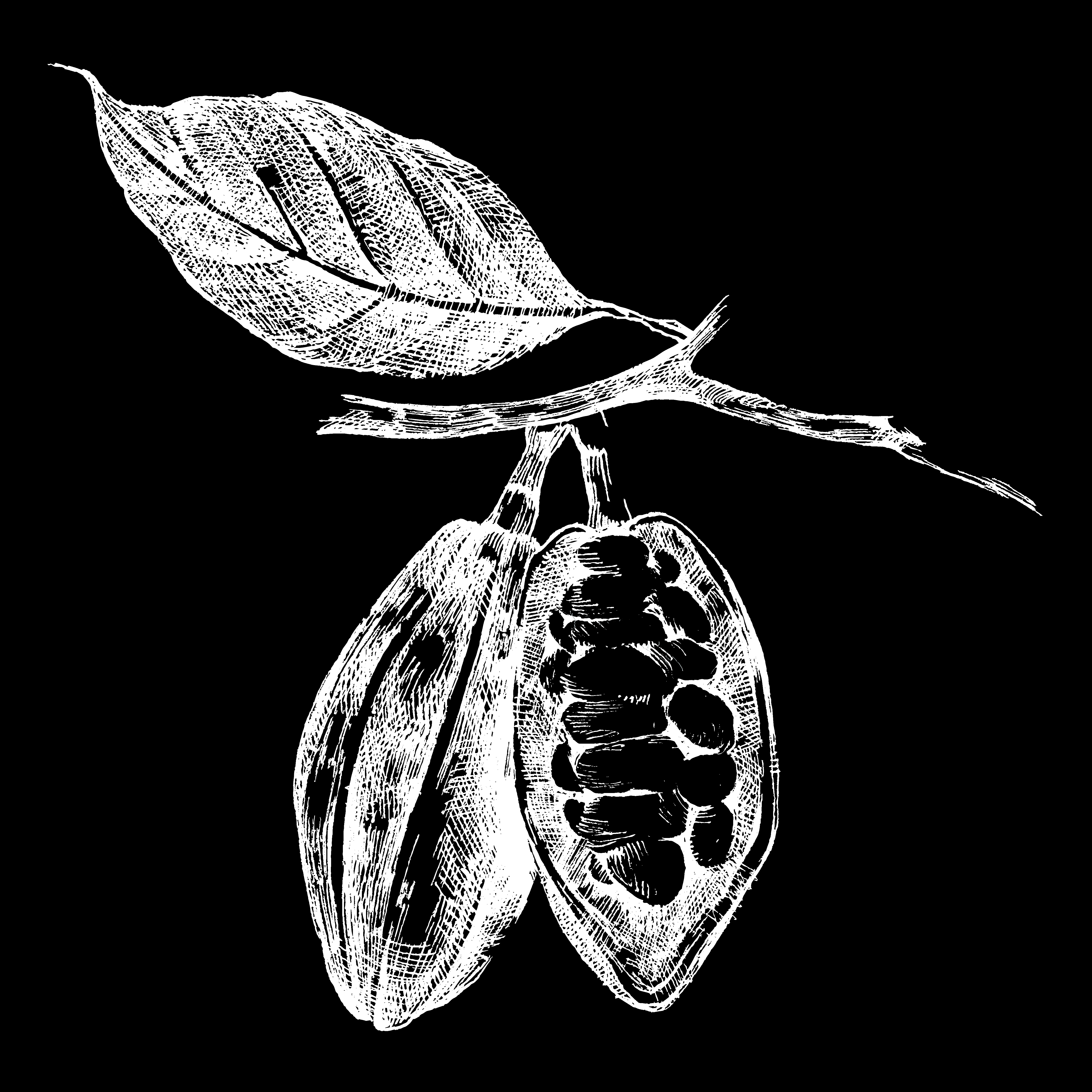Cocoa’s Surging Cost: A Historic Mark
Chocolate is a beloved delicacy known and cherished worldwide. Chocolate treats can be found in almost every store and home in the US and around the globe. However, it’s easy to overlook the core component needed to make chocolate: Cocoa. Many also have no idea how difficult cocoa “the commodity” is to grow, procure, process and ultimately apply to different applications and create all of those wonderful chocolate products we’ve come to love.
Cocoa is a market-driven commodity of which the price changes daily and never has the world seen what is currently taking place. Cocoa is at historic high prices and analysts are expecting even further increases.
What’s causing this surge, and why is cocoa currently at the highest cost in history? There are multiple factors at play, and present conditions indicate the prospect of further increases to come.
We will first cover West Africa in this report which accounts for ~60% of the world’s cocoa crop, and begin the discussion by looking at Ghana. The West African Nation of Ghana is the second-largest cocoa producing country in the world, behind its regional neighbor, the Ivory Coast. Historically, Ghana produces roughly 25% of the world’s cocoa yield and if there are growing issues or concerns in Ghana, they will surely impact the global market.
Click here to view today’s market price.
Below you will see the rate on March 26th, 2024, which is a +231.56% increase in cost in the past calendar year.
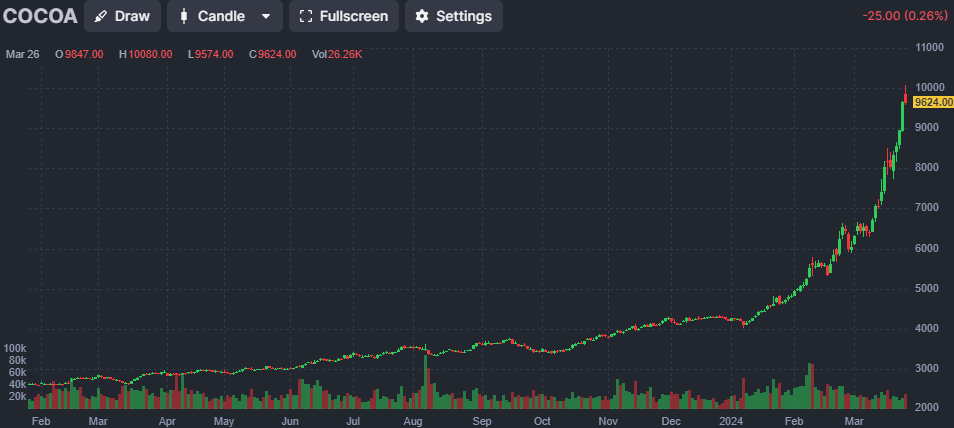
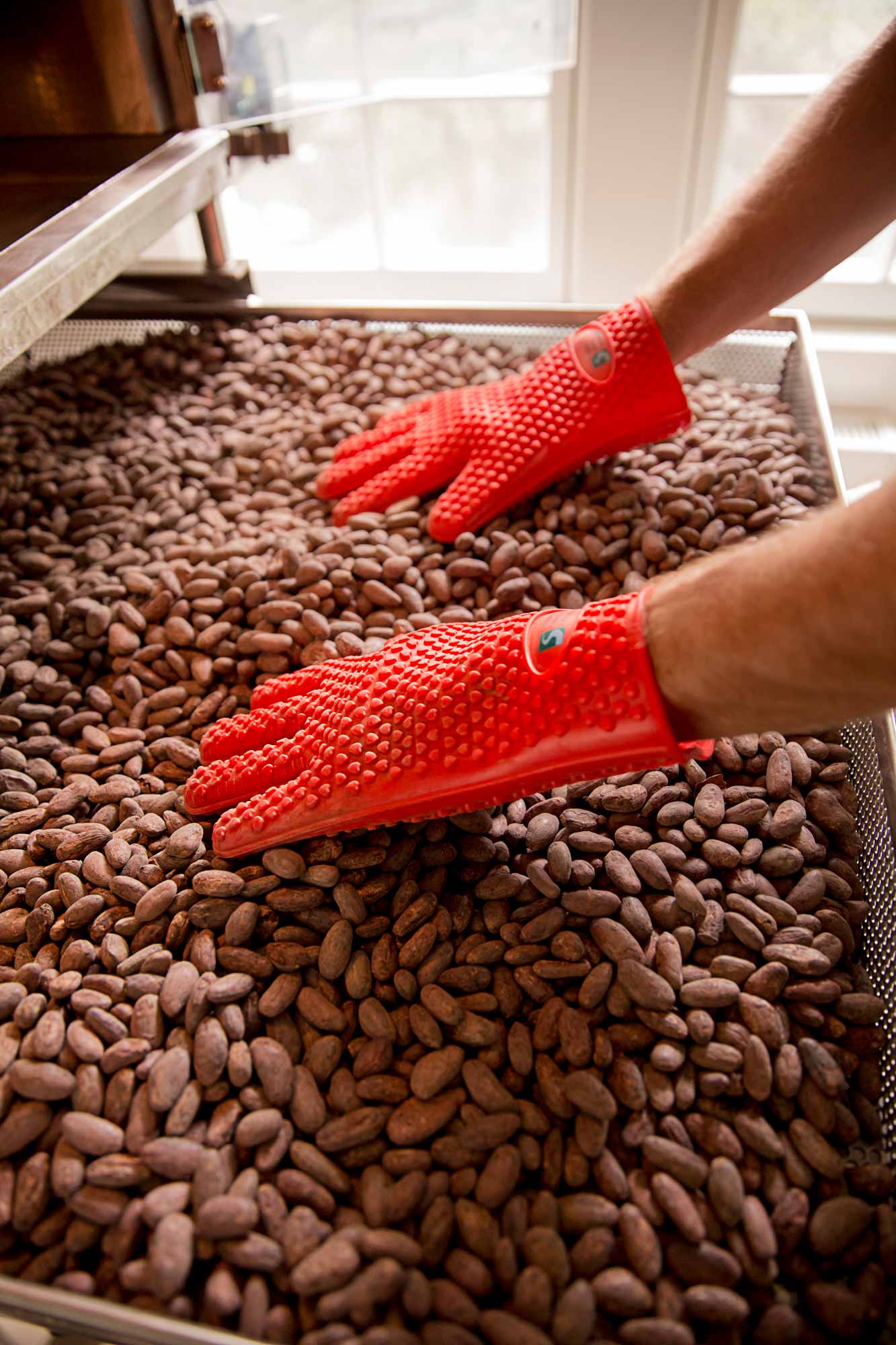

We clearly are in a very tight situation.
-Paul Jones, a cocoa analyst at Rabobank in London
To begin this analysis, we need to first look at the 2022/2023 cocoa season. Ghana’s total production fell 11% below their target rate of 750,000 tonnes due to a variety of factors:
In the early summer, bean costs began to increase due to heavy rainfall in West Africa. Not just ‘heavy rainfall’, but devastating flooding severe enough to destroy entire key growing regions, hampering farmers’ efforts in cultivating the crop. As this inflationary turmoil began to hit the cocoa market, speculators started to pay close attention to this sector:
“As much as supply concerns continue to support the rally seen in prices, the demand for cocoa beans could potentially pull the brakes on the price hikes,” The International Cocoa Organization (ICCO) said in a June 2023 report.
The commodity continued to increase in cost throughout the summer months, but not at an unreasonable level after this heavy flooding season. However, what followed this severe weather pattern was something speculators did not anticipate, Ghana closed its 2022/2023 season almost one-month early (on September 8th, 2023), which opened up many new layers of complexity:
- COCOBOD (Ghana’s Cocoa Board) reported there were disruptions in the 2022/2023 season due to smuggling and illegal gold mining on farmlands
- They brought forth the 2022/2023 season closure one month earlier than usual, as they needed to tackle the disruptions in the internal market of cocoa
- Reuters investigated in September (citation below) and discovered through two sources, COCOBOD & the other state-run Cocoa Market Company (CMC) that the output slumped at around 50,000 tonnes were lost through smuggling to the neighboring countries: Ivory Coast & Togo, where cocoa beans fetch a higher price
These factors, combined with the flooded crops, align well to explain the fall increases. But these reports alone don’t appear to be enough to significantly impact a global industry. That’s true, so in fact we are only scratching the surface of what’s to follow:
Ghana
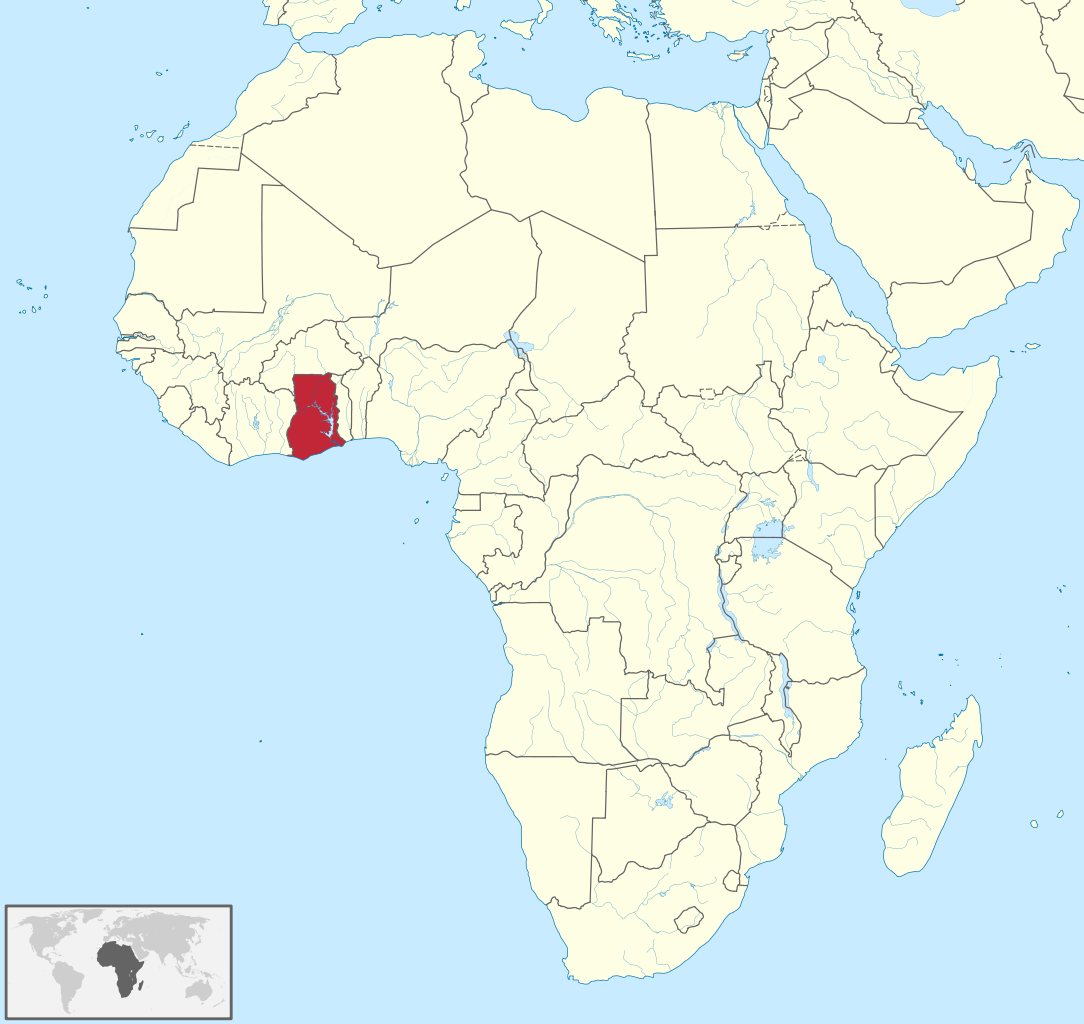
The illegal gold mining in Ghana proved to have a larger impact than what was thought at a surface level. A director of a cocoa exporting company and cocoa pod counter had reported that continuous illegal gold mining on cocoa farmlands (known locally as “Galamsey”) was also to blame for the falling output. These directors requested anonymity, and were quoted:
“The smuggling to Ivory Coast and Togo has been minimal and cannot explain everything. The problem is deeper, and the galamsey are to be blamed.”
In essence, Ghana cocoa was being smuggled to neighboring countries and then sold, as the other countries would typically receive a higher price for their cocoa, but this did not play as large of a role in the lacking yields as did the impact of illegal gold mines, which comes into play regarding the 2023/2024 season:
To look at Ghana’s 2023/2024 season; quotes below from February 2024:
- The 2023/2024 season effectively began one-month early, as the 2022/2023 closed prior than expected. COCOBOD reported they are projecting 800,000 tonnes this 2023/2024 season as they are expecting more favorable weather conditions.
- COCOBOD stated, “Our projections are 800,000 tonnes for the new season. The weather conditions have been more favourable,” and was expected to seek $1.2B to finance cocoa purchases for the 2023/2024 season.
- A CMC was reported to state, “We are looking for around $800 million from the private bank consortium and $400 million from the private sector for the 2023/24 season. We are confident that, as usual, we will receive more than we need because we have the trust of investors.”
- The Ghanaian government declined to comment when comments were requested.
Other exporters and bean counters in Ghana are not as optimistic:
“I am not as optimistic as the CMC and COCOBOD about this year’s production. We have been observing a decrease every year for the past three years, and it is lasting because the plantations are entirely destroyed by gold miners,” a director of a cocoa exporting company said, “These plantations are not being replaced” they added.
Now fast forward through March and look further ahead, were these estimates correct?
- Ghana’s 2023 fall crop was well below their initial expectations. Their 2023-2024 forecast was for 850,000 tonnes, which is now seeing a reduced forecast to 650,000-700,000 tonnes
- Will this lower forecast be fulfilled? This is still an open question – but Ghana is facing another issue on top of everything else to make matters even worse, a cocoa-killing disease.
The “Swollen Shoot Disease”
We are through scratching the surface, but only have made a dent in all of these factors:
- There is a disease present and also affecting the cocoa crops in a negative way. What exactly is this “swollen shoot” disease?
- “The cacao swollen shoot virus disease (CSSVD) is among the most economically damaging diseases of cacao trees and accounts for almost 15–50% of harvest losses in Ghana. This virus is transmitted by several species of mealybugs (Pseudococcidae, Homoptera) when they feed on cacao plants”
- How can this be treated?
- Unfortunately this disease will end a cocoa tree’s lifecycle, and there is no ‘cure’ to eradicate the swollen shoot.
- To rid a farm of this disease and prevent it from spreading to other trees, the tree must be completely removed and uprooted, which unfortunately is not a feasible course of action for the majority of these farms with limited excavation tools, not to mention the funding to remove these entirely is not readily available
- This remains a large variable – we are keeping our fingers crossed for a swift cure! (unlikely, but nothing is impossible…right?)
Okay, that’s a lot about Ghana. Ghana is the second-largest cocoa producing country in the world, behind the neighboring Ivory Coast. We can see the issues taking place in Ghana, but are these issues also taking place in the Ivory Coast?
The Ivory Coast
The Ivory Coast is the world’s top cocoa producing country, which is deemed to be responsible for almost 40% of the world’s cocoa supply. They are not seeing the swollen shoot disease, nor galamsey, but are still facing cocoa shortages. The Gold Coast saw similar flooding and droughts as did Ghana in 2023, but should be able to produce a greater amount than its neighboring nation…right?
In early March, top growers in the Ivory Coast expected the upcoming/current harvest to shrink this season, to a greater extent than what speculators had in mind.
The country’s regulators are analyzing the mid-crop, which officially begins in April. This is the smaller of two annual harvests, forecasting to 400,000-500,000 tons. This compares to 600,000-620,000 tons the year prior.
Weather in the upcoming months is crucial to mitigate these price surges, but Mother Nature is a beast and we are unable to forecast the entire weather season, we can only speculate on the more-near future conditions. A lot of unknown remains, but some are staying optimistic about the upcoming season.
The projections of the mid-crop harvest were made in February, where 500,000 tons would be the optimistic scenario, whereas 400,000 tons is the pessimistic outlook.
An optimistic yield would mitigate cocoa costs from continuing to surge (more-so, plateau), but this optimism is not a safe bet. The International Cocoa Organization expects the global shortage to widen. A more recent concern is this season’s Harmattan winds, which are characterized by a dusty and dry wind that blows from the Sahara into the Gulf of Guinea. If this wind continues to strengthen this offseason, the crop output may fall below the pessimistic outlooks, creating more potential surges. Fortunately the ‘windy season’ takes place from September to March (which is playing a role in the main-crop shortfalls), but only Mother Nature can dictate how intense the mid-crop winds will be.
Another layer of complexity to this industry is that commodity yields are contracted before the harvest season. The commodity is sold on a market-driven basis, but before the beans are actually grown and harvested.
The Ivory Coast
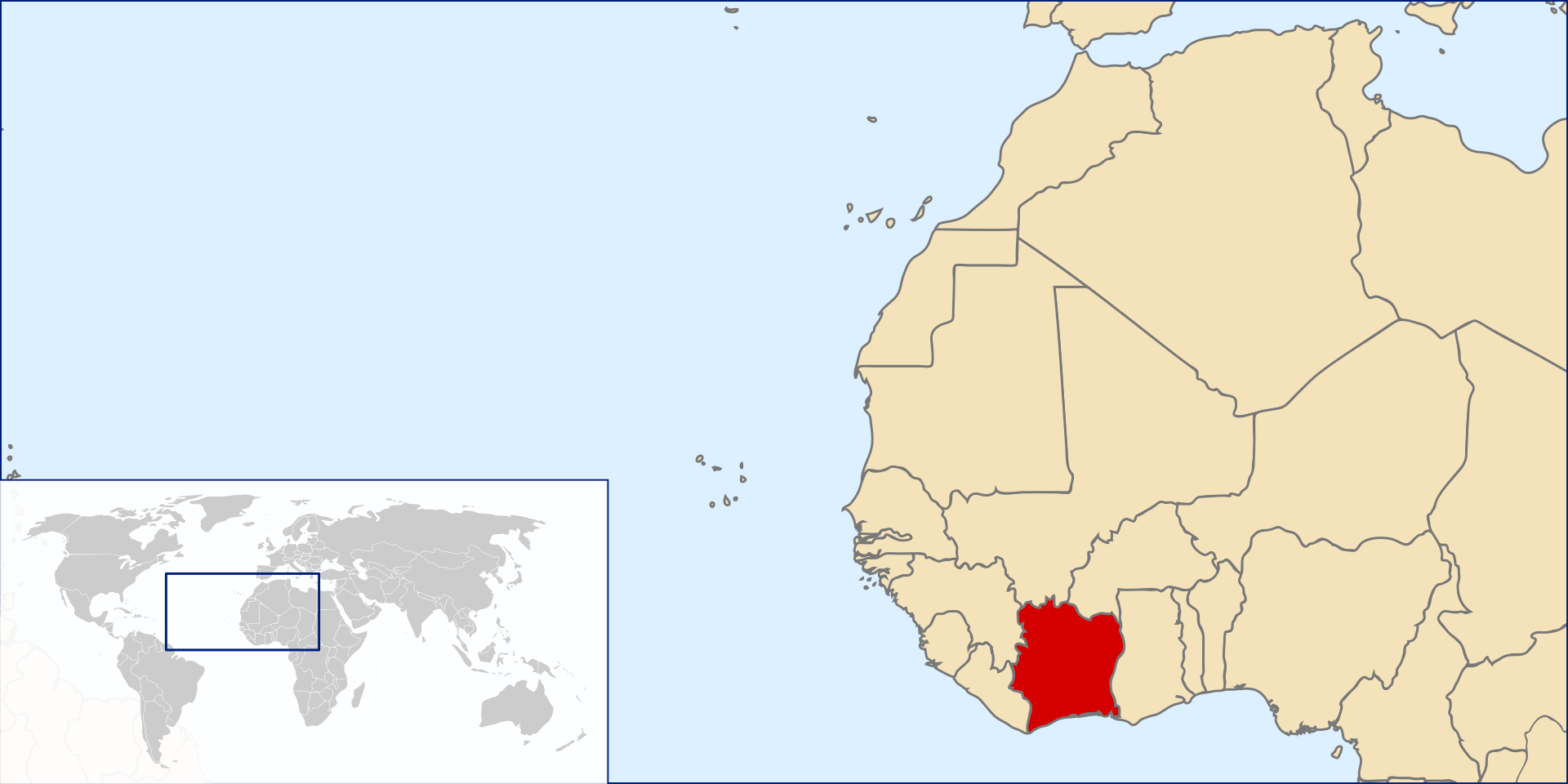
Contracting:
As noted, yield is contracted prior to harvest.
In February, Le Conseil Cafe-Cacaoo (CCC) has sold 1.35 million tons in forward contracts for the 2023-2024 main crop season that runs through March. The CCC has declined to comment on the size of shortage, although had previously stated if they cannot fulfill said futures contracts, they will use some of the mid-crop season yield which is yet to be harvested.
What does this mean?
Essentially with commodities, they are sold at a market value before the commodities are actually harvested and available; they come up with a forecast which should mean the volumes sold will become available when the contracts hit. If The Ivory Coast needs to dip into the mid-crop yield to fulfill their main crop contracts (which appears to be taking place, rather, will be taking place), then that pushes back their mid-crop contracts to the next main crop, which compounds and continues into the next season (which we are currently approaching). A lot of these shortfalls are due to the Harmattan winds, but as discussed, this is just one of many factors playing a role.
“We remain confident we will fulfill all the contracts with the main crop,” Yves Kone, who heads the CCC, said by phone. “The harvest hasn’t yet ended. In the worst-case scenario, in the past, we’ve used the mid-crop to cover contracts.”
It now appears they are short for contracts, and have now halted 2024-2025 forward sales until they are able to paint a clearer picture on what this year will be able to produce.
What are we seeing now?
Many makers are shutting down cocoa processing factories (which previously were running 5-7 days a week), implementing layoffs, and keeping their fingers crossed that the weather season is relatively smooth.
Will the Ivory Coast be able to catch up?
Eventually – “But when?” is the question at bay. Many speculators believe this trend will continue through the 2025 season, but there is so much unknown such that we cannot say with certainty, just work with the situation as best we can from month-to-month, with the greatest focus on what Q3 & Q4 2024 will look like.
Have we covered everything?
Surely, there can’t be more playing a part than what’s described above….right??
Not quite there yet – enter: The New EU Deforestation Laws, which go into effect January 2025, although the ill-effects are already becoming a thorn in the industries side today:
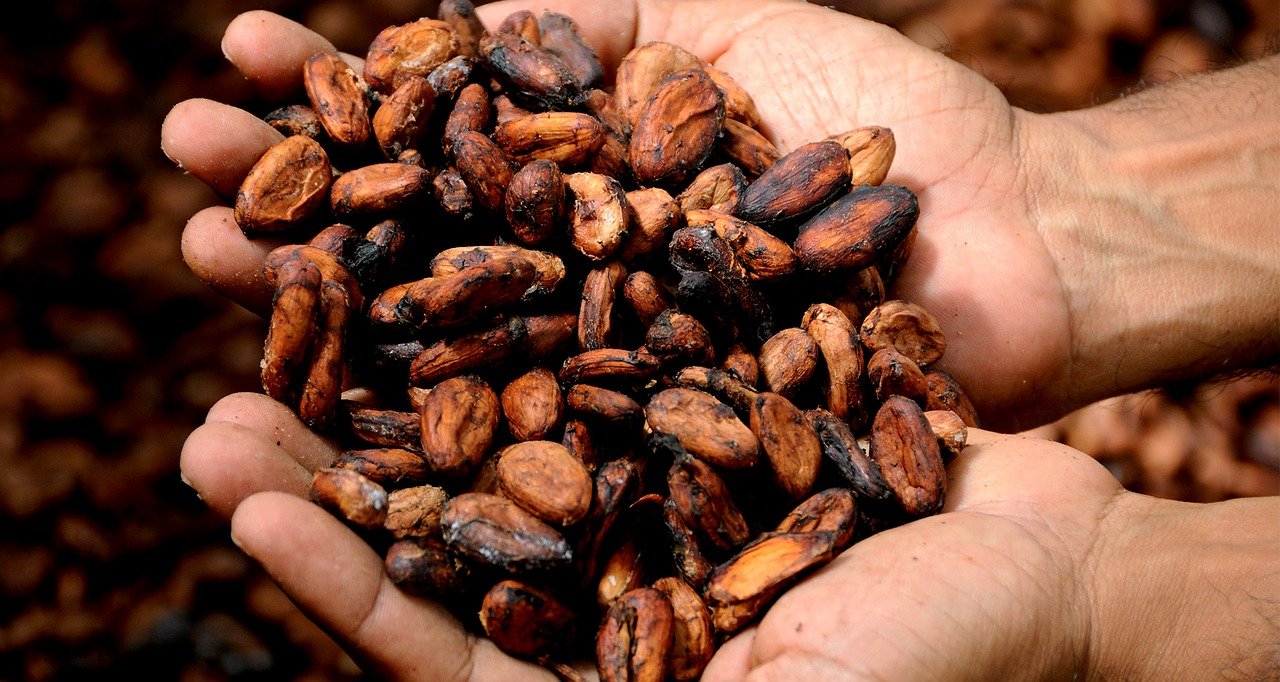
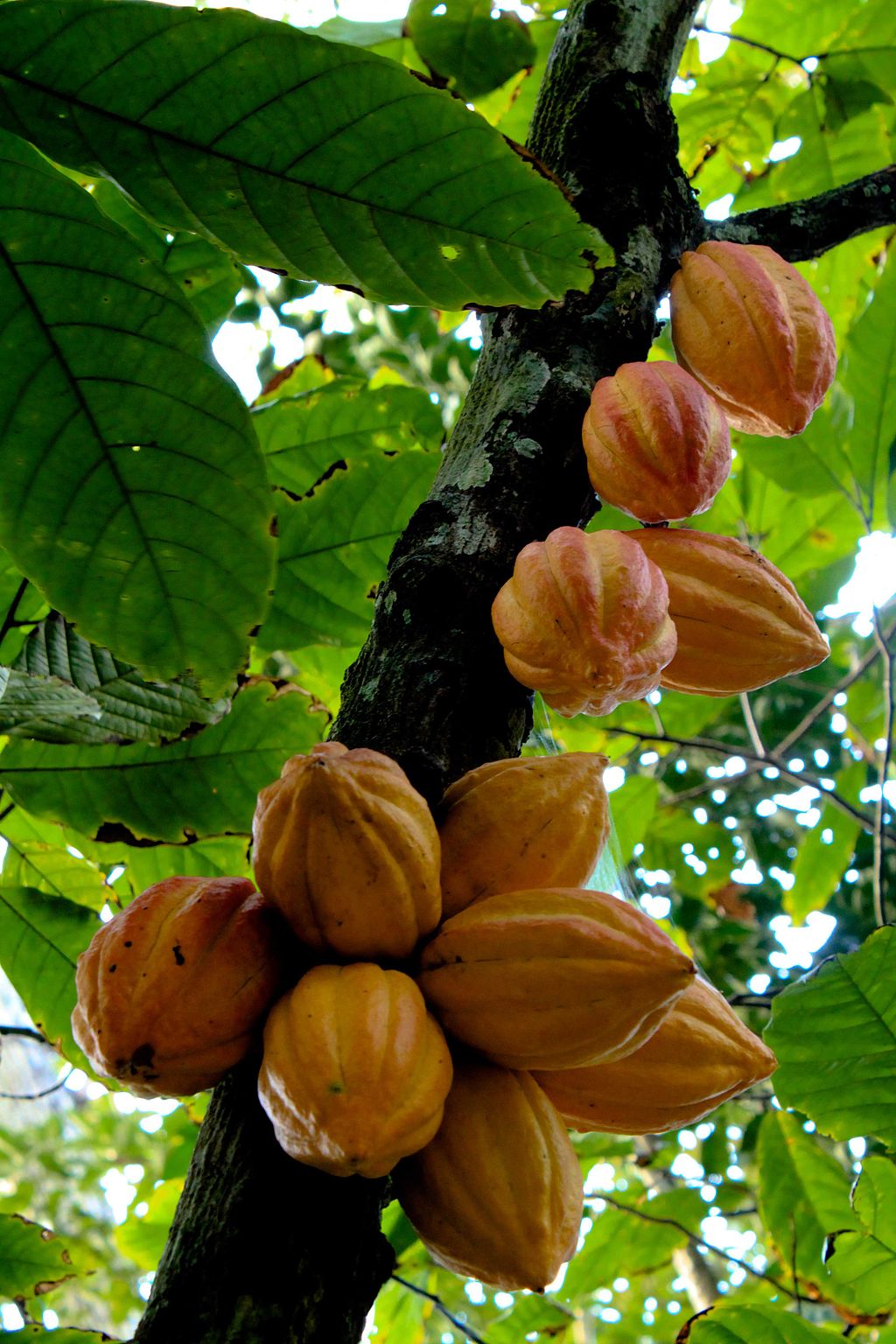
The EU continues their green pledge, and most recently with a new deforestation law which goes into effect on January 1st, 2025. Although positive in theory, this will add more complex layers to cocoa’s cost. The EU Deforestation Regulation (EUDR) covers many commodities, and cocoa is one of many that will be affected by this new bill:
The EUDR is stringent on deforestation-free commodities, of which include cattle, cocoa, soy, palm oil, coffee, rubber, wood and some of their respectively derived products. The mindset is that the EU is a major economy and consumer of these products, and they want to take responsibility into their own hands.
Under this new regulation, operators or traders of these commodity markets must be able to prove that products do not originate from deforested land and/or have not contributed to the degradation of forests.
In theory, this is a positive approach! But in practice, this approach can create much larger supply issues.
Deforestation: just, don’t cut down trees, right? For the most part, but the “nitty gritty” details are not showing any promise for West Africa’s production. It is estimated that the expansion of cocoa farms from 2000-2020 led to a loss of 360,000 hectares of forest, but a quick bill implementation which seems like a knee-jerk reaction needs more thought on actual implementation:
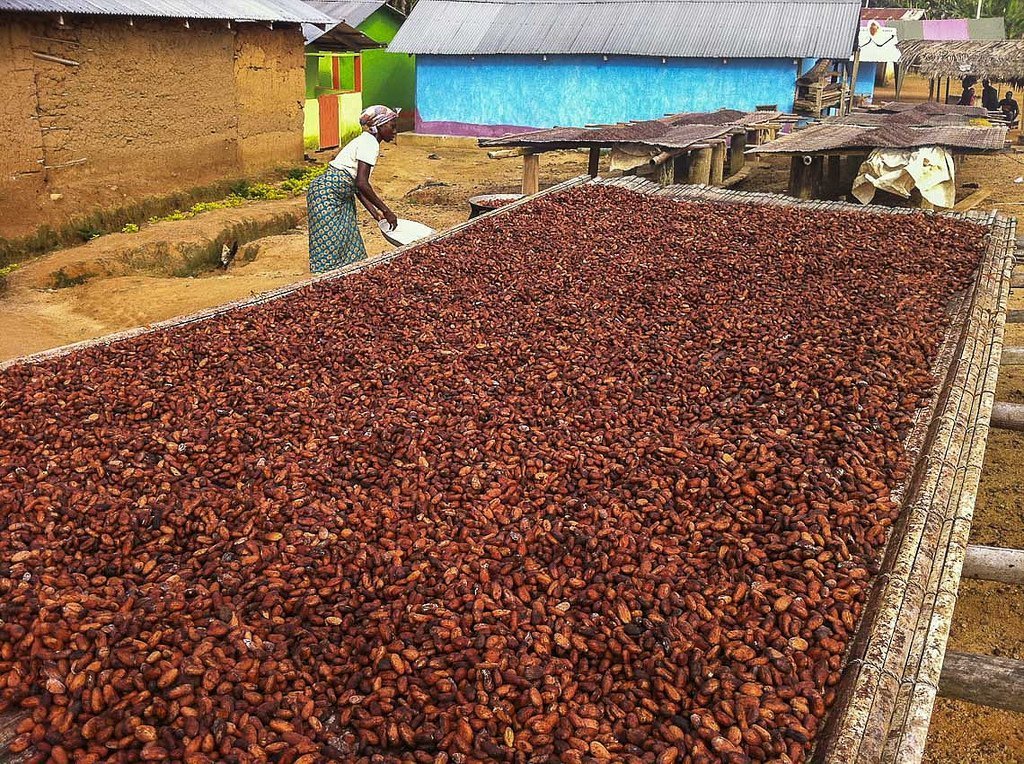
Cocoa farmers, under this new regulation, will need to trace all cocoa beans from pod to port, and provide documentation of such for all cocoa coming from its respective farm. These complex new regulations are not an easy task to accomplish and trace, for their entire yields, while already working in impoverished conditions.
This is one of the shortest introductions to EU regulation in history, and speculation has it that farmers simply do not have the means to become compliant with such short notice.
Because cocoa beans take 12-18 months from harvest to arriving in Europe, the current crop has to comply with this new policy that is already queued to go into effect.
Every shipment regardless of the size will have to list GPS coordinates of where the cocoa was grown, which will need to be uploaded into an EU database. Otherwise, the EU will not permit a purchase/import of said cocoa beans.
They want to ensure the areas the cocoa is farmed from are not taking down any other type(s) of trees, and it is also speculated that the EU may implement human auditors on farming sites to ensure their new policies are upheld. If a farmer wants to increase their yields by planting more cocoa seedlings, but can only do so by cutting down existing non-cocoa trees, the EU will not allow the purchase of said cocoa.
This will create a bottleneck, as the means to abide by this policy merely is not feasible, especially for smaller-scale family farms struggling to get by as is.
“There is a high level of uneasiness among traders because the regulation will make it difficult for beans to enter the EU market. That will only push prices higher.” -Fuad Mohammed Abubakar, head of Ghana Cocoa Marketing Company Ltd. (UK)
This will further a bottleneck for EU cocoa sales – however, other countries around the world are not under this new legislation, so if anything, European chocolate may see greater spikes in cost than cocoa brought to other nations.
Another facet is that this will be near-impossible to trace. Cocoa changes hands as many as 6 times in its voyage, and can be blended with any other batch on its way. A single bulk carrier could hold beans from over 80,000 farms, and the EU wants each cocoa bean to be traced throughout its entire route.
A cocoa sustainability consultant, Marc Donaldson, states, “The EU has gotten itself into a deep mire of complexities they don’t understand. Tracking a bag of beans back to a farmer is mind-blowing.”
One company, Cargill, purchases from about 400,000 farms globally. The company is trying to map plots all around the world and provide unique QR codes for the cocoa to be scanned at each step along the way, but once the beans are removed from their jutes to dry (likely with other beans from different farms), the question rises, “how can you trace individual cocoa beans?” and that inquiry remains open despite already having to abide by these new policies.
The Focus Today:
Right now, regarding market pricing, all eyes are on the West African Mid-Crop season. The main crop was not enough, and to fulfill main crop contracts, we are looking at the mid crop supply this spring. ~60% of the world’s cocoa is seeing a dramatic lack of supply from these West African nations, and when you combine the weather with lackluster supplies on top of new regulations, this is just the beginning outcome.
Now, we have not yet covered, “what about other nations that make up the other ~40% of the world’s cocoa supply?” This is also a great question, but also has an extremely layered & complex answer. These factors will be covered and posted with time, but tracking the current market and West African stock is what everyone is currently focusing on.
Stay subscribed to our mailing list as other sources will be reported on in a future post, and stay informed so you understand the mutilfacet reasoning for chocolate & cocoa’s surges in cost.
Today’s prices, as high as they are, may be the lowest they will be in the next 18 months.
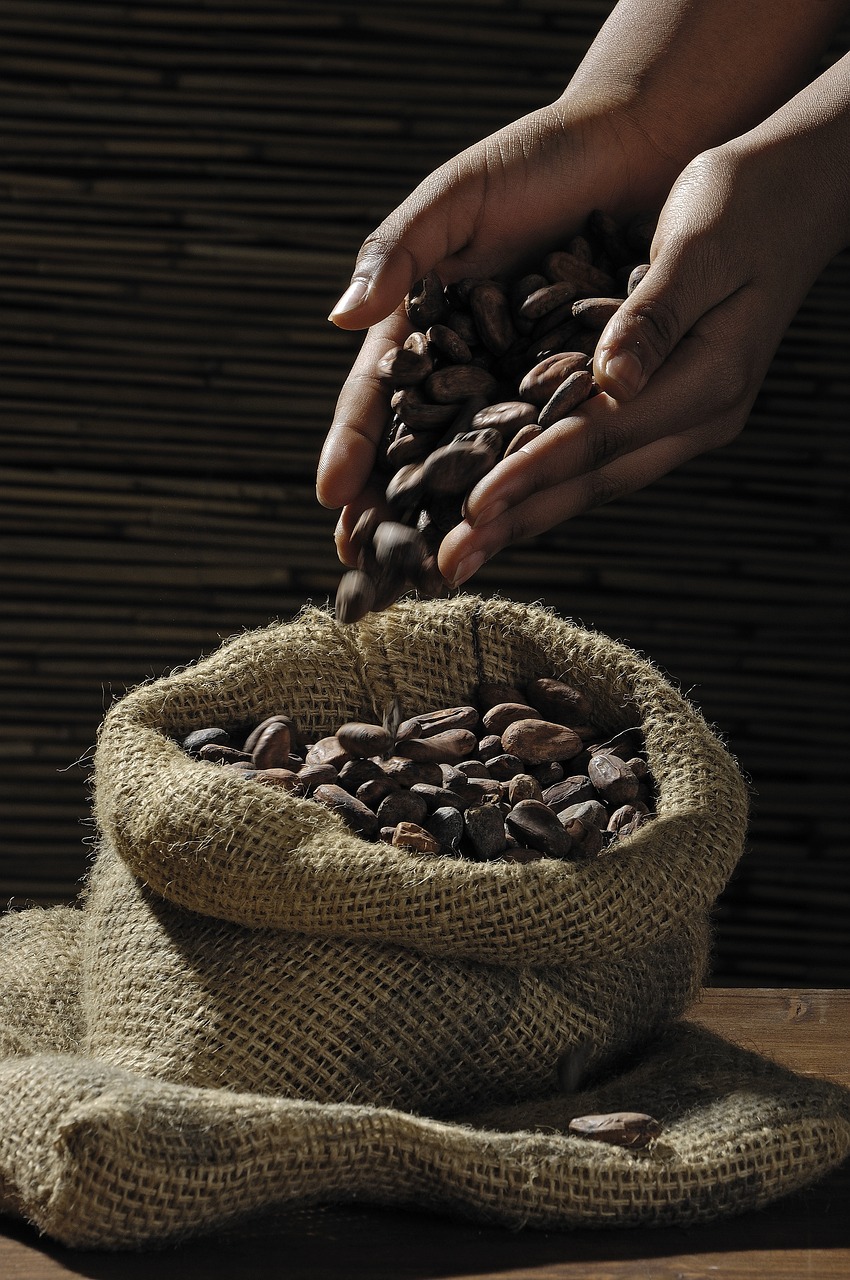
Sources:
https://www.reuters.com/article/idUSL8N3AJ4UW/
https://fortune.com/2023/07/29/chocolate-inflation-wholesale-cocoa-west-africa-ghana-production/
https://www.confectionerynews.com/Article/2024/02/05/Will-the-EU-have-enough-cocoa-after-the-deforestation-regulations-come-into-force
https://www.bloomberg.com/news/articles/2024-02-06/ivory-coast-cocoa-output-risks-lagging-contracts-by-100-000-tons
https://www.foodingredientsfirst.com/news/cocoa-in-focus-bean-costs-surge-as-heavy-rainfall-and-forthcoming-eu-deforestation-regulation-impact-market.html
https://www.bloomberg.com/news/features/2024-02-27/new-eu-law-will-impact-ferrero-nestle-mars-and-the-whole-cocoa-supply-chainhttps://www.bloomberg.com/news/articles/2024-03-07/ivory-coast-sees-smaller-cocoa-mid-crop-in-further-supply-threat
https://environment.ec.europa.eu/topics/forests/deforestation/regulation-deforestation-free-products_en
https://www.bloomberg.com/news/articles/2024-03-19/cocoa-crunch-is-most-painful-in-europe-as-new-rules-bite
Related Articles
What is Feuilletine?
Unlock the mystery behind feuilletine, the key to elevating your desserts with an irresistible crunch.Feuilletine is a delicate, crispy confection made from thin, sweetened crêpes. Its light, wafer-like texture makes it a versatile ingredient, perfect for adding a...
From Brain to Bar: The Neuroscience of Chocolate Cravings
Explore the fascinating world of chocolate cravings and uncover the reasons behind your irresistible urge for this indulgent treat.Chocolate cravings are more than just 'having a sweet tooth.' They are a delightful dance between our senses and emotions. The rich aroma...
What are the Applications of Glucose?
Explore the essential role of glucose in various applications, from fueling our bodies to sweetening our favorite treats. This page delves into how glucose is a vital component in both health and industry.Glucose is a crucial energy source for the human body,...




